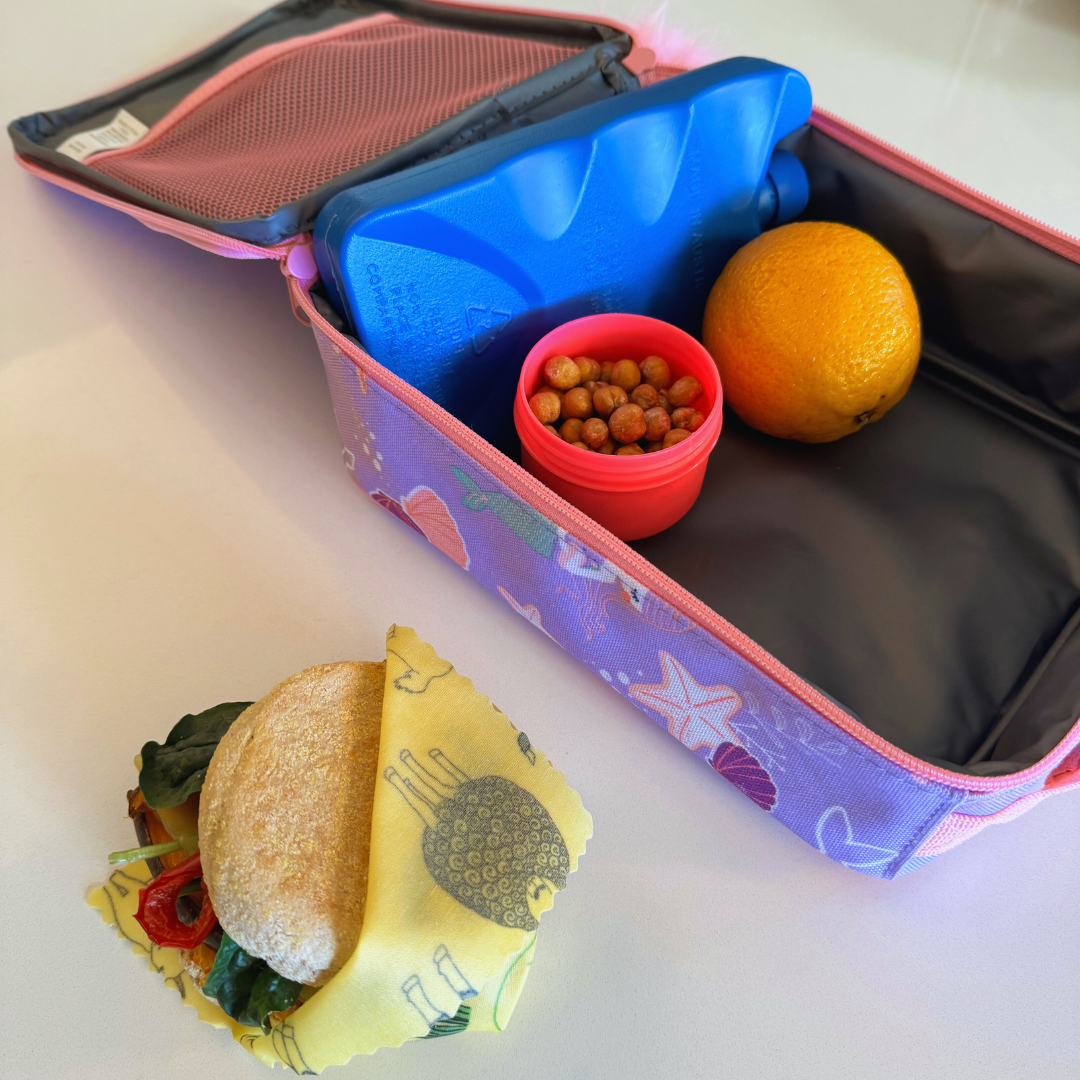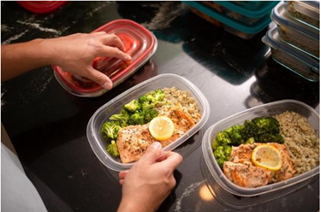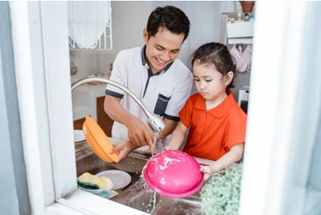Packing school lunches so they go the distance

The start of the new school year often falls during the hottest months of Summer, which makes it a good time to talk about food safety.
As most schools can’t provide fridges for students to store their food in, it is important to pack lunches in a way that keeps food safe throughout the day. Food that hasn’t been prepared or stored correctly can cause food poisoning. This is because when food is not handled properly the harmful bacteria in it can multiply, causing symptoms such as nausea, vomiting and diarrhoea.
Luckily we’ve got plenty of tips and tricks to help keep the school lunches safe to eat across the day.
Put leftovers in the fridge within two hours of cooking
If there is food left over after a meal, make sure it is cooled and placed in the fridge within two hours of cooking. Refrigeration stops bacteria from growing and means the food is more likely to be safe to eat at a later stage. You can also place the food in a shallow dish as this will help it cool down more quickly. If you are planning to use some of the leftover food for school lunches, divide the food into smaller portions so that it is all ready to pack. As a general rule, leftovers should be eaten within three days.

Use insulated bags and thick ice bricks to keep food cool
Grab yourself an insulated lunch box bag to help keep food cool for longer. These are cheap and can be found at all major supermarkets in the lunchbox section. When shopping for ice bricks it is important to select the thickest one you can fit in the lunch box bag (so keep this in mind and buy a bag with a little extra space). Thicker ice bricks will stay frozen for longer meaning more time where the food stays cool. As cold air travels down, placing the ice brick on top of the food will ensure even distribution of cold air throughout.
Another trick for extra cooling is to pack iced water bottles. Half fill a water bottle at night and freeze. In the morning fill up the rest with water and add it to the lunch bag. As it defrosts it keeps food cool, and the icy water is perfect for those hot summer days in the playground.
Top tip: Pack food that doesn’t need cooling separately to reduce the number of times the lunchbox is opened. This ensures the cold air stays in, keeping food cooler for longer.
Keep hot lunches hot in the lunchbox
It is fine to pack hot food for school lunches, as long as you follow a few simple rules. Once food has been cooked or reheated to pack, it is best not to let it cool down before being eaten. If it cools down outside of the fridge this is when the bacteria can multiply and cause upset tummies. There are a few ways we can ensure that hot lunches stay hot.
For soups, curries or stews use insulated containers such as a thermos. Fill up the containers with boiling water and let stand for a few minutes, then empty out the water and put in the hot food. Test this at home on the weekend to make sure that the food is a safe temperature for your child when it comes time to eat. And that they can open and close the containers you pack!
At the end of the day, make sure you discard any uneaten food as it will no longer be safe to eat.
Top tip: Try wrapping hot food containers in a clean tea towel to lock in the heat instead of an insulated bag. The tea towel can also be used as a hand towel for clean up at the end!
Keep lunchboxes and bottles clean
Keeping lunchboxes and water bottles clean is an important part of keeping them food safe. Leftover crumbs and dirt from grubby hands can lead to a build-up of mould and bacteria, which we don’t want!
At the end of the day dispose of any cold or hot food that wasn’t eaten at school as it is no longer safe to eat. Wash lunch boxes and water bottles with warm soapy water and leave to drain and dry overnight. This will prevent germs from thriving in the damp areas. At least once a week, the lunchbox bag will need a clean as well. Clean out any crumbs and wipe inside and out with a damp cloth and a splash of vinegar, this helps remove any odours and kills germs. Be sure to get into all those little folds and creases where food can hide. Then hang up or leave open to air and dry overnight.

As well as managing food safety, it is important to remind children to wash their hands before eating and to avoid sharing water bottles or food.